After exploring Malaysian Borneo, we headed back to the peninsula, only this time to Malaysia’s most extensive hill station, Cameron Highlands. Situated some 1,300 meters above sea level, Cameron Highlands is a lot cooler than the rest of Malaysia and a nice break from the sweaty weather we’ve been experiencing so far. Its landscape was reminiscent of that in Nuwara Eliya, Sri Lanka, with its green rolling hills of tea plantations and countryside atmosphere.

Cameron Highlands actually consisted of four towns and its surroundings. We opted to stay at the biggest of them, Tanah Rata, since it was the most convenient one for transportation and affordable accommodation. Despite being the biggest town in Cameron Highlands, Tanah Rata was still extremely small and cute, with only one main road, the entirety of which could be walked within 10 minutes. Most buildings looked like small German chalets while beautiful flower gardens decorated the town, adding to its charm.
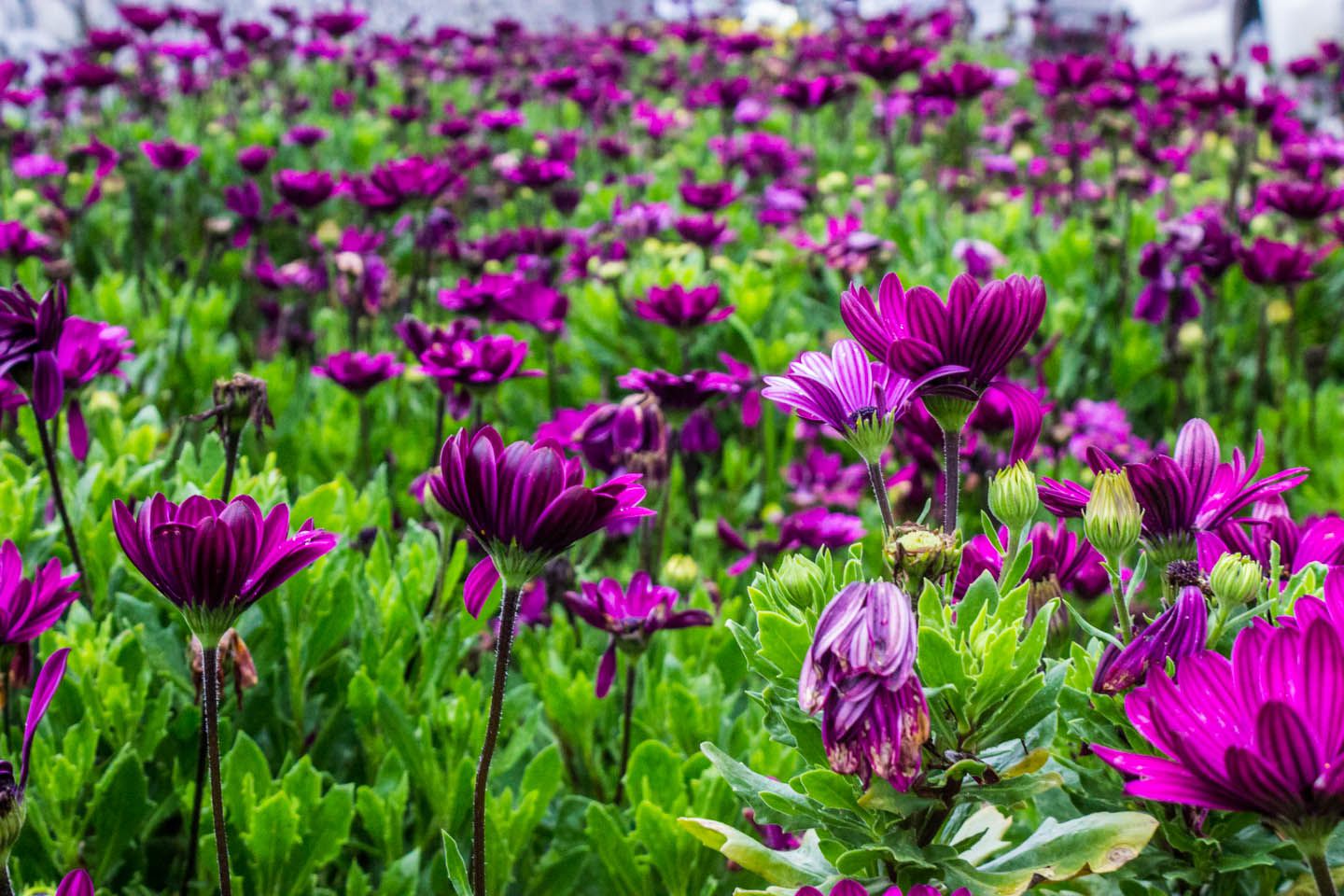
To reach the surrounding sites in Cameron Highlands, we booked a half day tour that included transportation and a guide. The half day included visits to tea plantations, the famous mossy forest and the peak of Gunung Brinchang at 2032 meters (the highest mountain summit accessible by road in Malaysia). We were picked up at our guesthouse at around 8am with a Land Rover and drove directly to one of the tea plantations, passing by other townships along the way.
Our first stop was on the side of the BOH tea plantation, the largest in Malaysia, and we all gazed at the landscape of rolling green hills that extended into the horizon. It felt like we were back in Sri Lanka all over again. There’s something about tea fields that’s very calming and quietly beautiful.
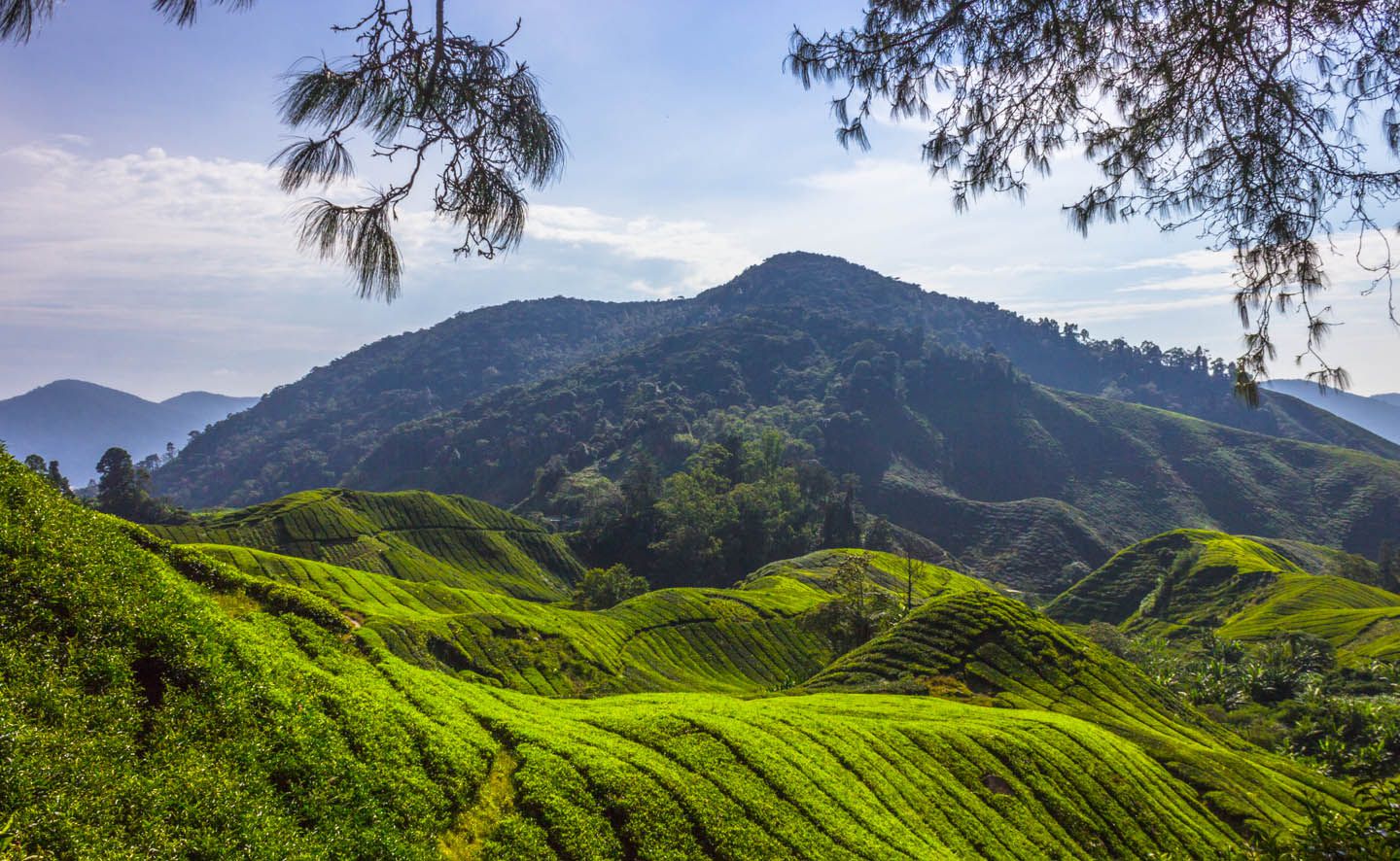
Our guide gave us some time to take pictures and then explained the history of the company and the tea cultivation process. While we had heard this all before, it was interesting to note the differences from what we learned in Sri Lanka. Here in Cameron Highlands, tea leaves are collected using shears, instead of manually plucked. This explained why they looked a bit different than the Sri Lankan ones. Shear-cutting flattens all the tea plants to the same level, taking away the depth of various shades of green that transitions through the entire plant. That combined with the seemingly unidirectional orientation of the bushes made these tea plantations less attractive than the ones in Sri Lanka.

Of course, it was a matter of personal preference and relativity, and it didn’t prevent us from enjoying the admittedly pretty view. We regretted not spending more time in the fields in Sri Lanka, so we tried to make up for it here, Trying to absorb as much as we could, we walked among the tea bushes, smelled the leaves, soaked in the moment. We found it really funny that a nearby sign explicitly prohibited the use of drones over the tea plantation.
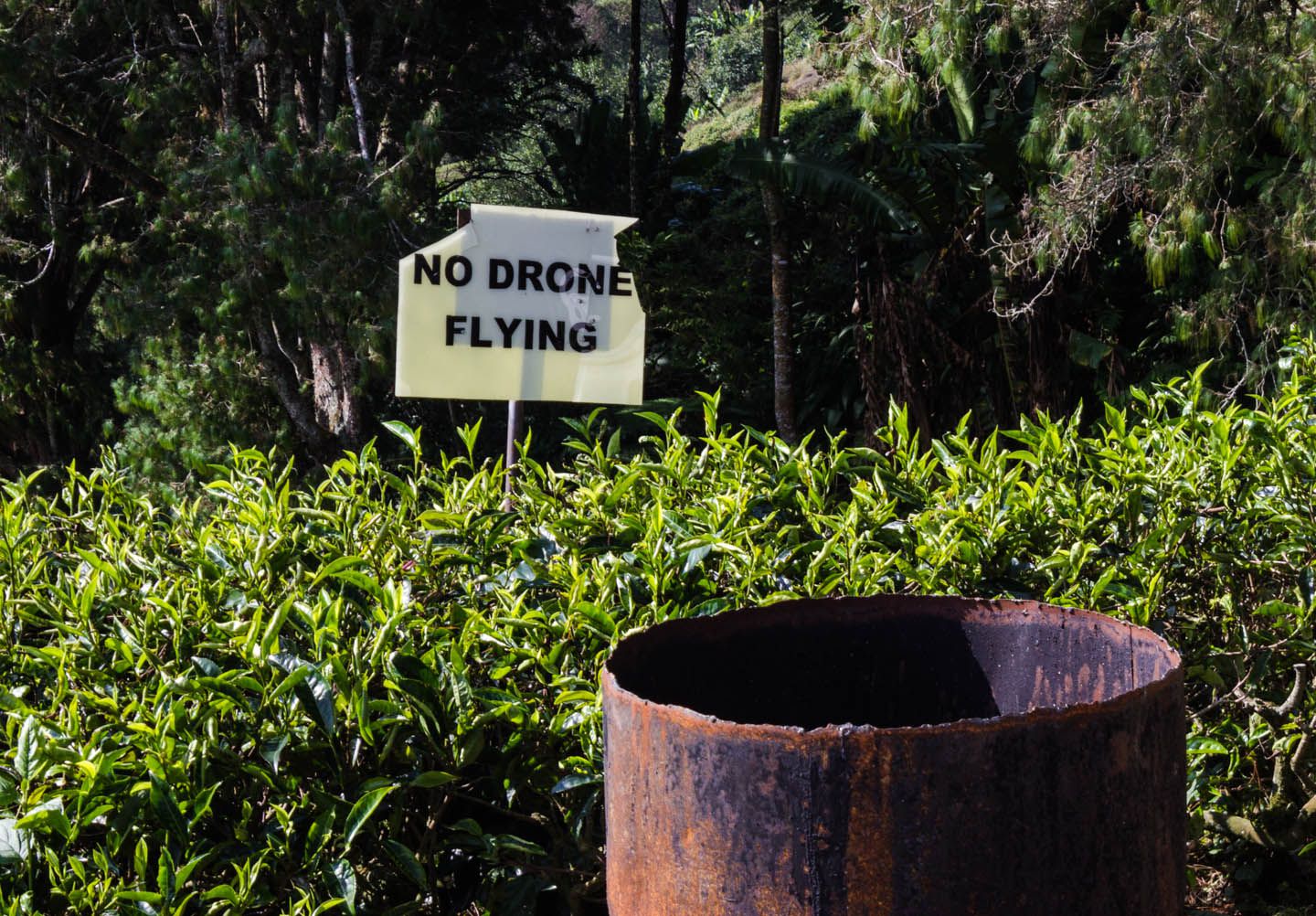
The tour continued with a ride up the hills to Gunung Brinchang for a panoramic view of all of Cameron Highlands. Upon arrival at the summit, a dense fog had already covered the west side of the mountain. We quickly made our way to the top of the observation tower, but the views weren’t that great.
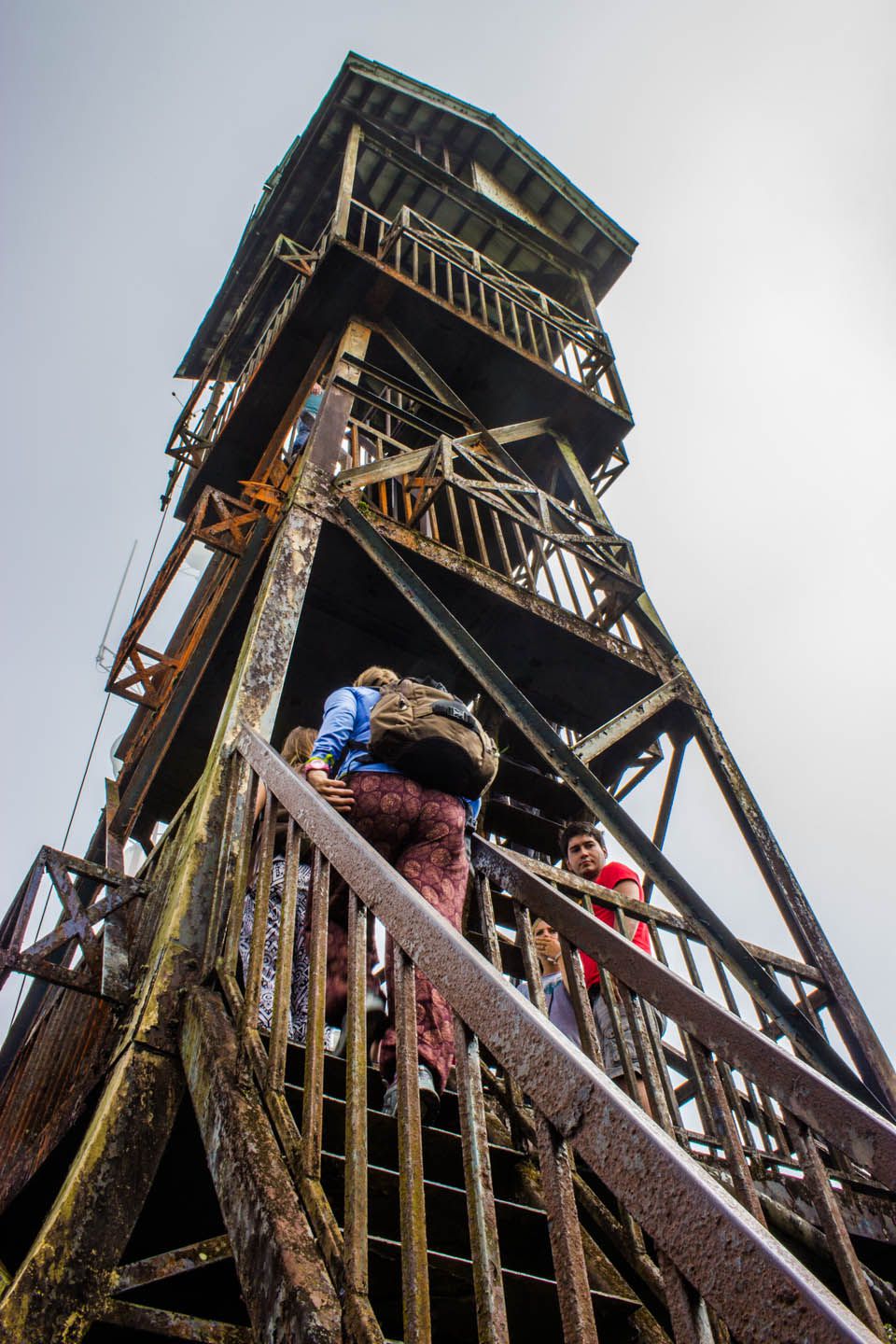
From there, we walked down to the trailhead that led into the mossy forest of Cameron Highlands. At around 1,800 meters, the wind along with low level clouds in the sky blankets the forest with constant mist and moisture. Thus creating an ideal environment for moss, leeches and orchids to flourish.
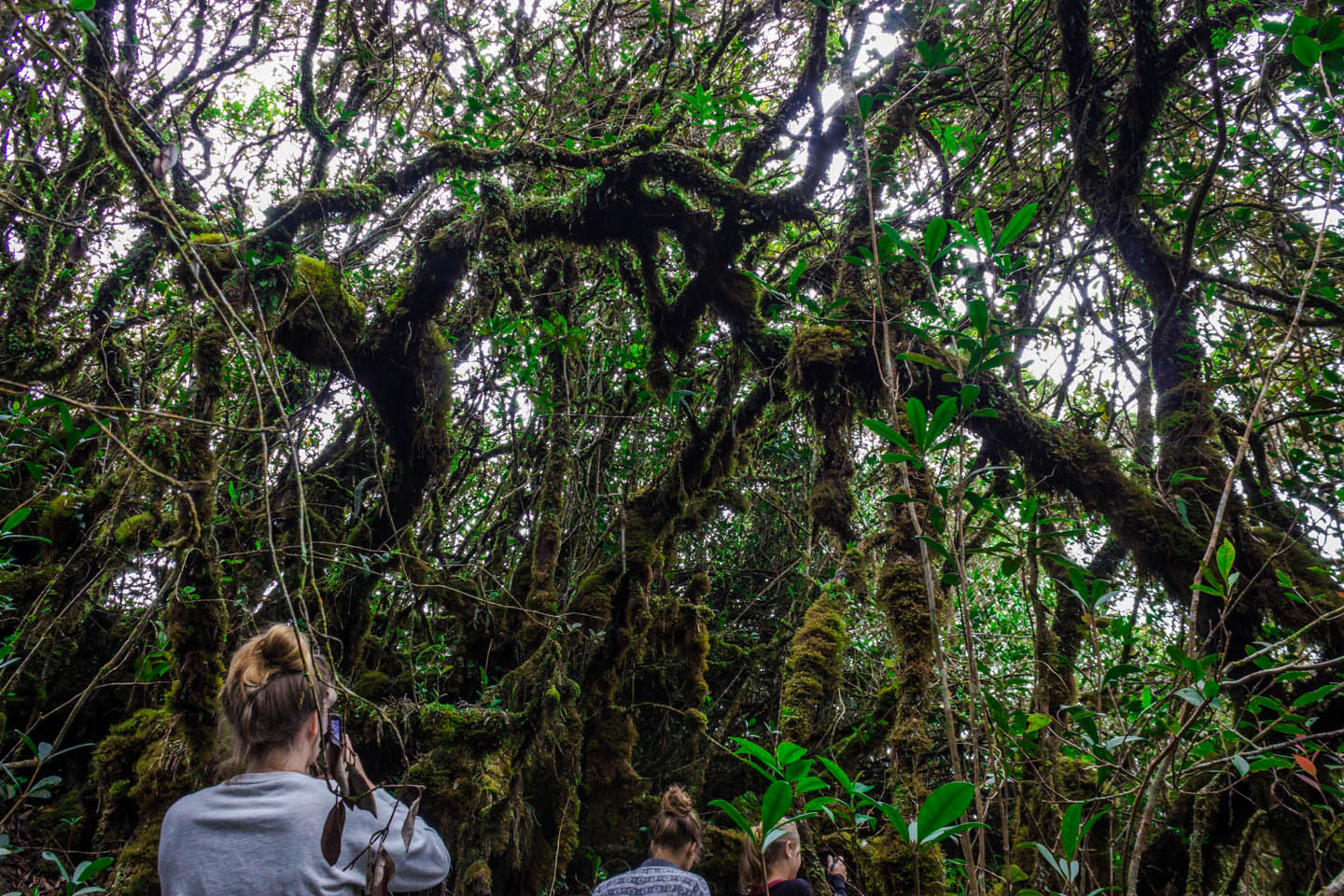
We entered the evergreen forest and proceeded with caution as parts of the trail were very slippery. A few people slipped – it wasn’t dangerous as the ground was soft, but it was really muddy and it sucked to fall into the mud. As we walked through the narrow trail and around many tree branches, we noticed that not only were all of them covered with moss, but the soil we were stepping on was also mossy. The ground was really soft and cushioning. According to our guide, we were stepping on five meters of moss and roots that have been growing for thousands of years. It was truly an amazing experience to see that even the dead trees were still filled with life.
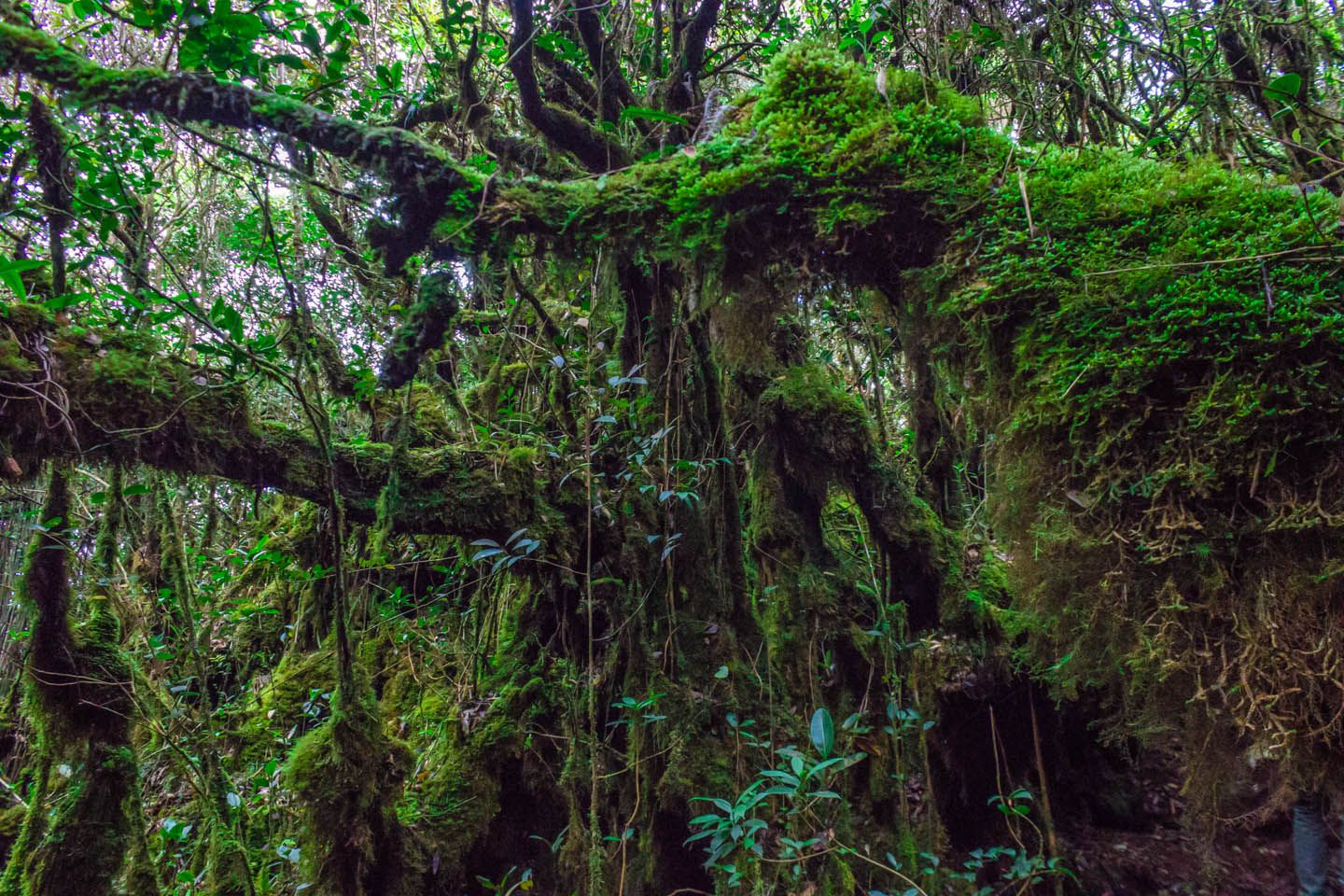
Along the way, we were also introduced to the many pitcher plants that live in the forest. These carnivorous plants use their modified leaves, known as pitfall traps, to trap wandering insects. The insects fall into the deep cavity of the pitcher plant where they’re trapped. Once the insects die, their bodies are decomposed and absorbed by the plant. It was cool to see plants like this in the wild.
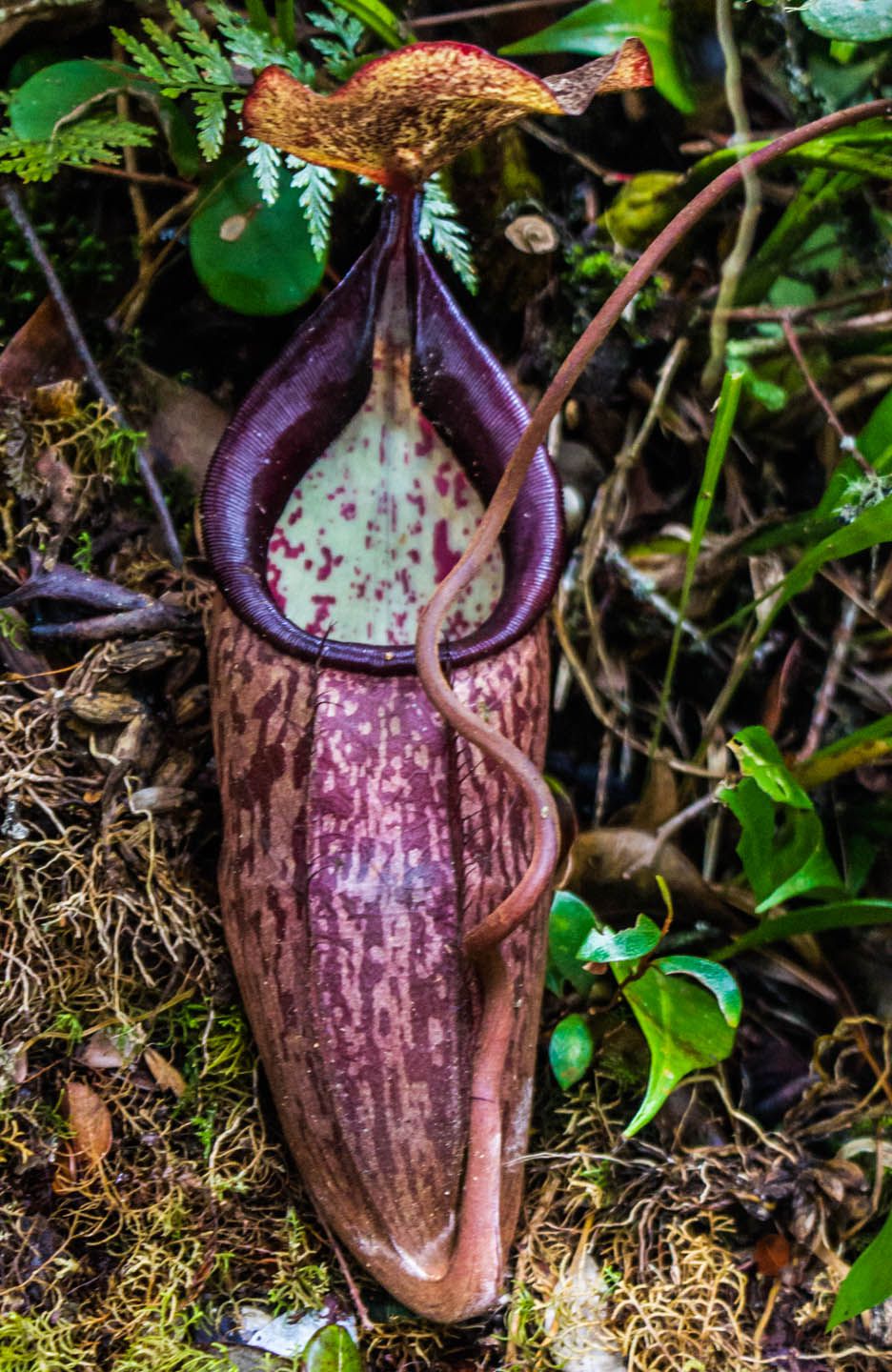
Satisfied with our mini biology class on carnivorous plants, we finished our tour through the mossy forest. Just before the heavy rain hit, we made it back to the car. The last stop of the day was at the BOH tea factory. Here, we took a self-guided tour of the factory, learning about the tea production process. The experience we had in Sri Lanka was much better since we had someone explain it to us as we walked through the factory, instead of looking from the other side of a glass and reading signs.
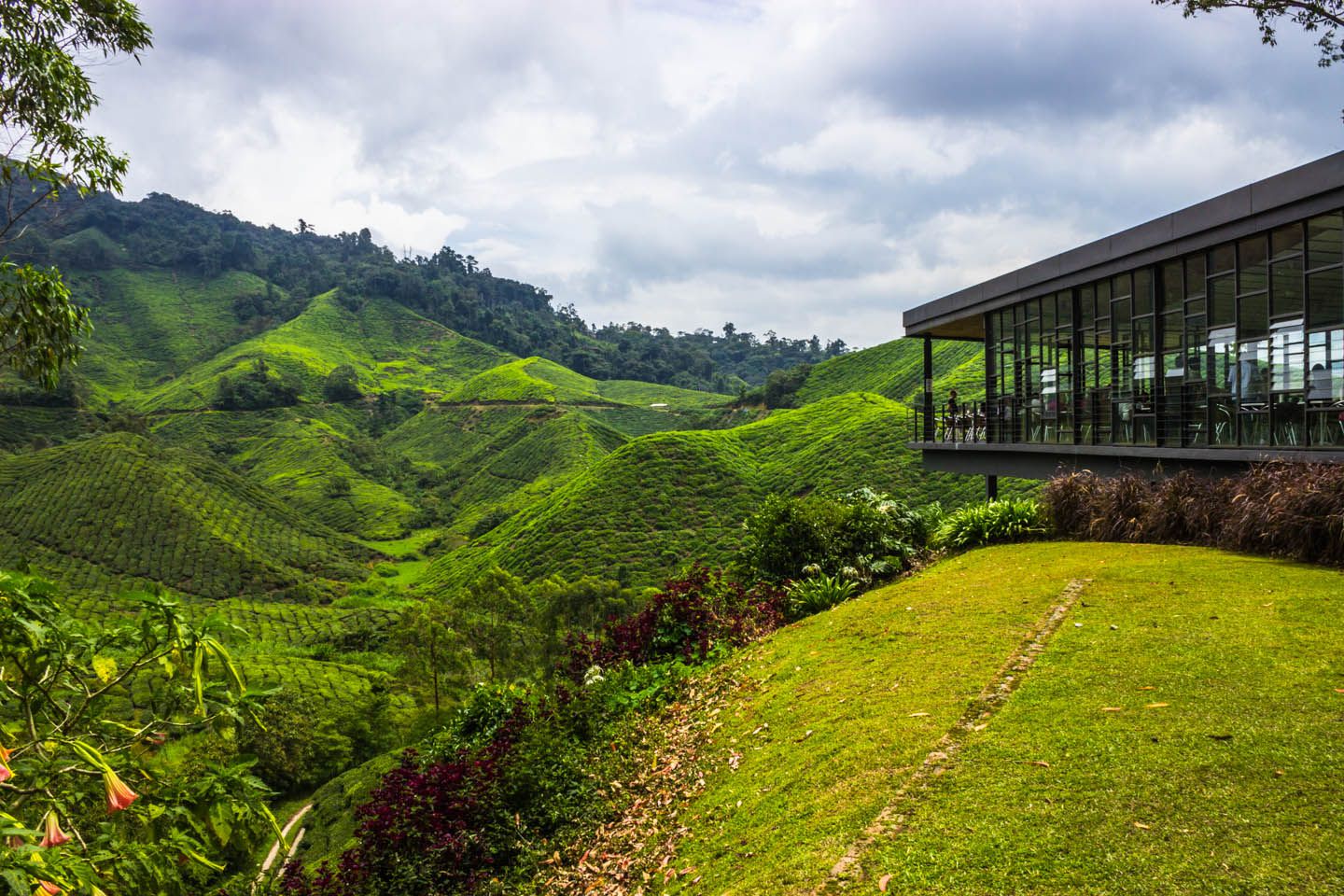
To make the most of our time, we quickly walked through the factory and went to the tea shop instead. It had a nice deck overlooking the entire tea plantation. We sat there and admired the view until it was time to head back.
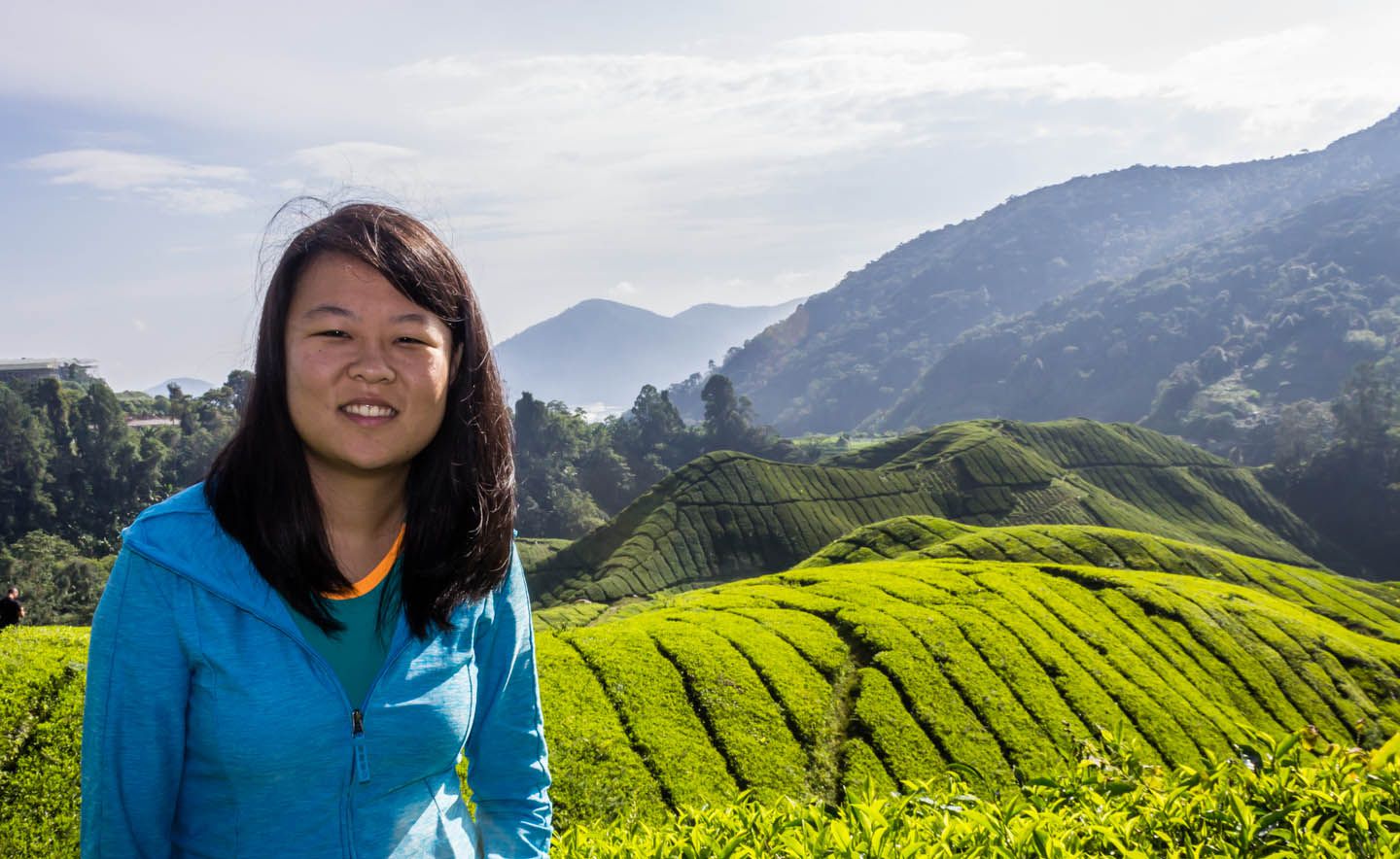
Cameron Highlands was a nice and (literally) cool stop in Malaysia. We relived parts of the lovely memories we have from Sri Lanka and enjoyed some good tea. The mossy forest was also a pleasant foray into nature and definitely something we haven’t done before. I have to say we enjoyed the small town quaintness of Cameron Highlands overall.
For more pictures from Cameron Highlands, please visit the gallery!

